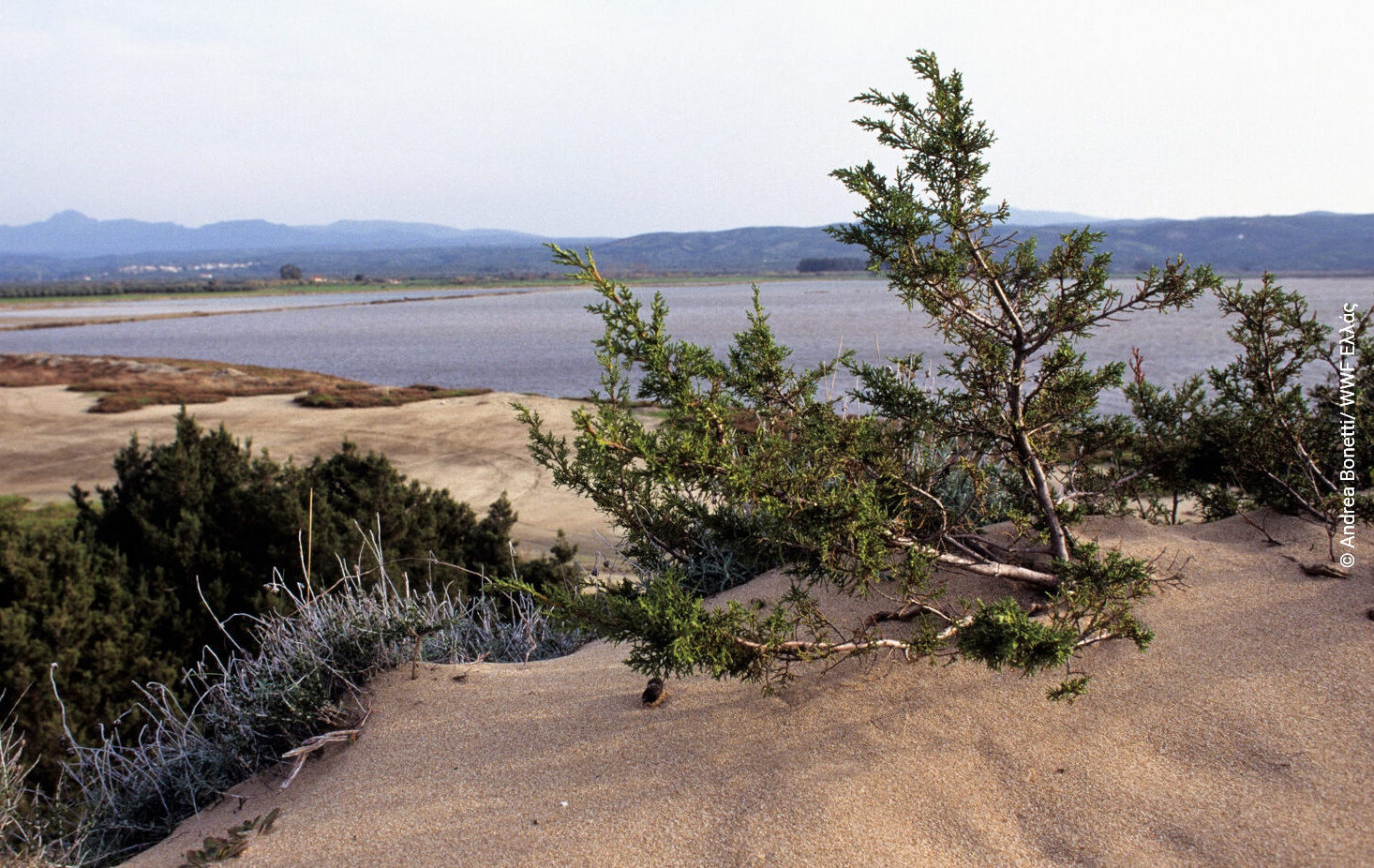
National Action Plan for the priority habitat 2250* Coastal dunes with Juniperus spp
[fusion_builder_container hundred_percent=”no” equal_height_columns=”no” menu_anchor=” hide_on_mobile=”small-visibility,medium-visibility,large-visibility” class=” id=” background_color=” background_image=” background_position=”center center” background_repeat=”no-repeat” fade=”no” background_parallax=”none” parallax_speed=”0.3″ video_mp4=” video_webm=” video_ogv=” video_url=” video_aspect_ratio=”16:9″ video_loop=”yes” video_mute=”yes” overlay_color=” video_preview_image=” border_size=” border_color=” border_style=”solid” padding_top=” padding_bottom=” padding_left=” padding_right=”][fusion_builder_row][fusion_builder_column type=”1_1″ layout=”1_1″ background_position=”left top” background_color=” border_size=” border_color=” border_style=”solid” border_position=”all” spacing=”yes” background_image=” background_repeat=”no-repeat” padding_top=” padding_right=” padding_bottom=” padding_left=” margin_top=”0px” margin_bottom=”0px” class=” id=” animation_type=” animation_speed=”0.3″ animation_direction=”left” hide_on_mobile=”small-visibility,medium-visibility,large-visibility” center_content=”no” last=”no” min_height=” hover_type=”none” link=”][fusion_text]Priority habitat type 2250* (Annex I, Directive 92/43/EEC) refers to formations of sandy substrates, dune slacks and slopes on Mediterranean coasts with junipers (species of the genus Juniperus). In Greece, the distribution pattern of this habitat type is sporadic, as it is found in 22 sites of the Natura 2000 network, mainly in the Aegean islands, Crete island, Western Greece and the Peloponnese area.
The main pressures and threats recorded within the distribution area of habitat 2250* are grazing, recreational facilities and buildings, roads and trails construction, cultivation and other anthropogenic disturbances.
Type 2250* is a priority habitat type included in Annex I of Directive 92/43/EEC and is at risk of extinction. In Greece, the conservation status of the species according to the 4th National Report under Article 17 of Directive 92/43/EEC for the period 2013-2018 was assessed as “unfavourable – inadequate” (U1).
National Action Plan
The National Action Plan (NAP) aim for the habitat type 2250* is to achieve Favourable Conservation Status through restoration and improvement of parameters related to the structure and functions of the habitat type. In order to achieve the NAP objectives, specific management actions will be implemented in the first stage, which were selected based on prioritization and after available funding possibilities had been taken into consideration.
The NAP management actions that will be implemented include recording and impact assessment of pressures and threats in habitat type 2250* sites, such as roads and trails, construction, grazing and cultivation, recreational activities, tourism.
In areas where there are significant impacts on the habitat type, the assessment will propose use restriction measures (e.g. fences, information signs, etc.).
In addition, 2250* habitat type restoration actions will be carried out with the aim of enhancing its natural regeneration. These actions include fencing of selected areas for protection and for allowing natural regeneration of the habitat type in combination if necessary with plantings of Juniperus genus typical species. These measures will lead to progressive increase of this habitat type area.
The support of the natural regeneration of 2250* habitat type will also include actions to restore the habitat substrate, combined with actions such as cleaning of areas from waste, removal of illegal crops or constructions, promotion and application of organic farming methods, creation of a perimeter protection zone with natural vegetation, removal of species that compete with the development of the habitat type, etc.
The NAP management actions to be implemented include monitoring important climate parameters in order to predict impacts of climate change and extreme weather events on the habitat type conservation, in order to assess/estimate/foreseen the effectiveness of the Natura 2000 network for the conservation of the habitat type.
The NAP incorporates actions to inform and raise awareness of visitors and users on the habitat type conservation value, the provision of ecosystem services and the risks the habitat type faces. These actions are important as many of the main pressures and threats faced by 2250* habitat type are due to anthropogenic disturbances caused by visitors or by the local population in the habitat type sites.
The participatory process favors the exercise of sound policy, synergy and effective implementation of the conservation measures of the ESA as well as future actions. At the same time, a training programme will be carried out for the staff of the competent local services and agencies regarding the ecology of the habitat type and the methods of dealing with pressures and threats.
Finally, the effectiveness of habitat type 2250* protection and conservation actions implemented by other programmes such as LIFE “JUNICOAST” (2009-2013) “Actions for the protection of coastal dunes with Juniperus species in Crete and the South Aegean (Greece) will be evaluated. The evaluation of the action effectiveness will result in supplementing existing knowledge and will support the adoption of successful methods and optimize other practices.
To evaluate the effectiveness of management actions, a monitoring programme will be implemented that will use evaluation indicators, in order to assess the action in an objective and measurable way, to the extent that this is possible.
The implementation of the NAP is expected to improve the structure, functions, and overall Conservation Status of habitat type 2250*.[/fusion_text][fusion_code]PGRpdiBjbGFzcz0iaWZyYW1lbHktZW1iZWQiPjxkaXYgY2xhc3M9ImlmcmFtZWx5LXJlc3BvbnNpdmUiIHN0eWxlPSJoZWlnaHQ6IDE0MHB4OyBwYWRkaW5nLWJvdHRvbTogMDsiPjxhIGhyZWY9Imh0dHBzOi8vZWRvem91bWUuZ3Ivc2NoZWRpYS1kcmFzaXMtcHJvc3RhdGV5b250YXMtYXBlaWxveW1lbmEtZWlkaS1rYWktb2lrb3RvcG95cy10aXMtZWxsYWRhcy8iIGRhdGEtaWZyYW1lbHktdXJsPSIvL2Nkbi5pZnJhbWUubHkvODlua1BXZz9jYXJkPXNtYWxsIj48L2E+PC9kaXY+PC9kaXY+PHNjcmlwdCBhc3luYyBzcmM9Ii8vY2RuLmlmcmFtZS5seS9lbWJlZC5qcyIgY2hhcnNldD0idXRmLTgiPjwvc2NyaXB0Pg==[/fusion_code][fusion_text columns=” column_min_width=” column_spacing=” rule_style=”default” rule_size=” rule_color=” hide_on_mobile=”small-visibility,medium-visibility,large-visibility” class=” id=”]
The full text of the study is available on the LIFE-IP 4 NATURA deliverables webpage (Action A.1).
[/fusion_text][/fusion_builder_column][/fusion_builder_row][/fusion_builder_container]
